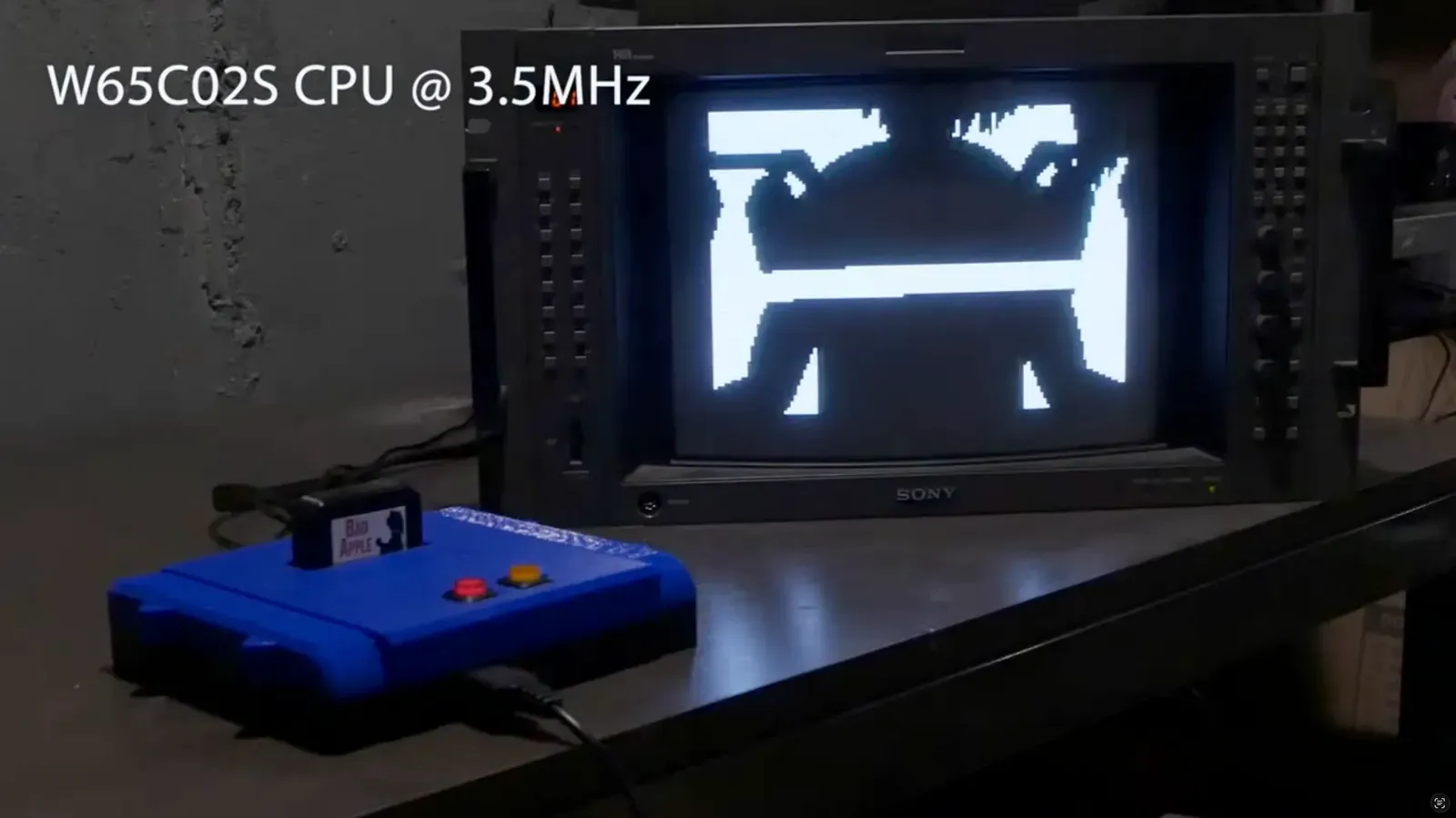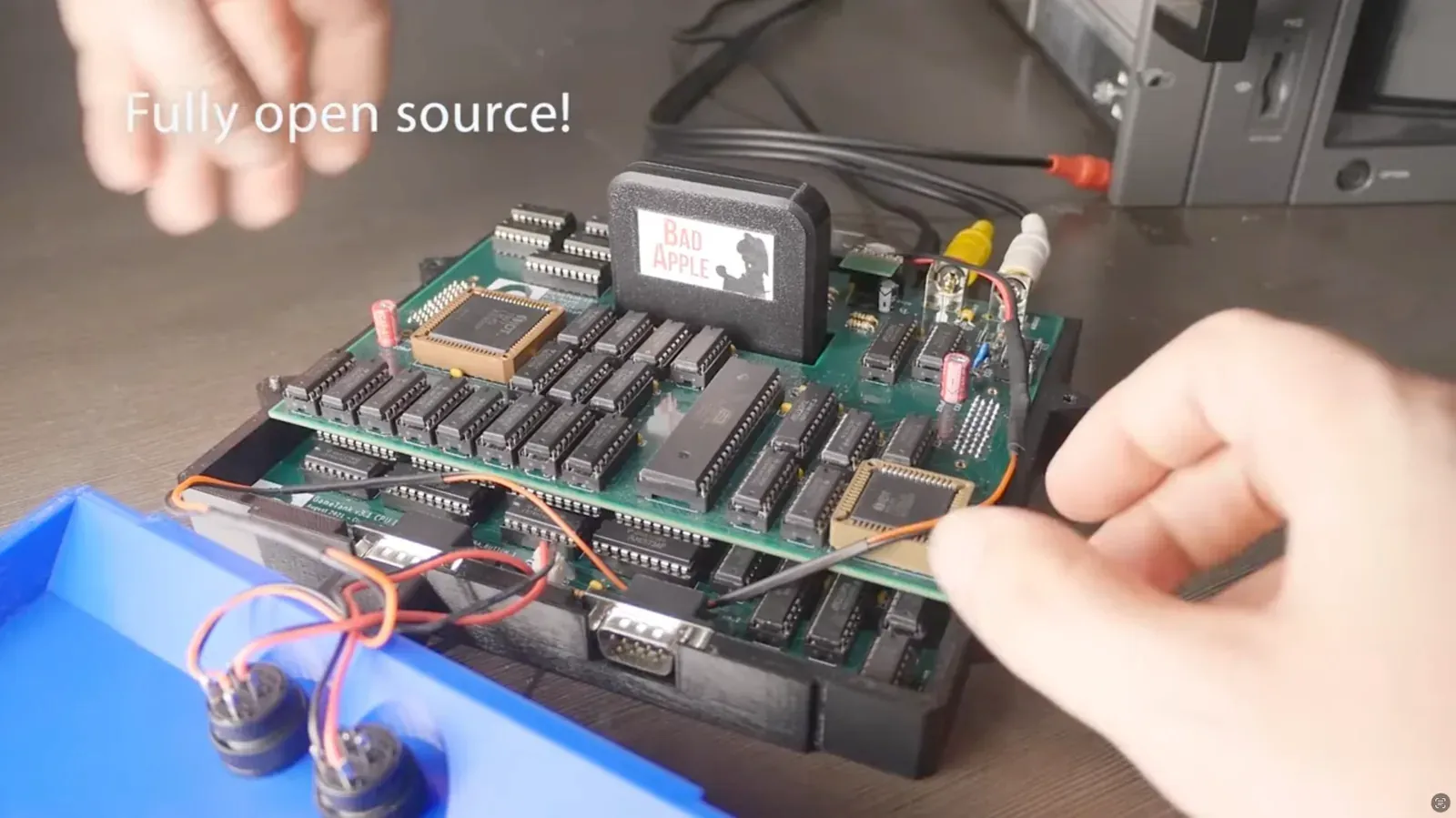New Open-Source 8-Bit Console 'GameTank' Set for 2025 Launch
A new 8-bit console is on the horizon. The GameTank is a fully open-source machine built from scratch, featuring dual 6502 processors and a philosophy that rejects emulation in favour of bare-metal coding.

In a market saturated with high-powered emulation handhelds, a new project is stripping video games back to their electronic roots. The GameTank, a dedicated 8-bit console designed by Clydeware, is preparing for a commercial launch later this year via Crowd Supply. Unlike its contemporaries, this machine does not rely on FPGA simulation or software emulation; instead, it offers a completely new architecture built around the venerable technology of the 1980s.






Credit: GameTank
The system is powered by two MOS 6502-family processors—the same lineage of chips that drove the Apple II and the NES. One processor handles the logic while the second is dedicated entirely to audio, allowing for a distinct and capable soundscape. The GameTank deliberately embraces the limitations of the era, outputting video via composite cables to a recommended CRT display and rendering a 128x128 pixel resolution. However, it includes modern design conveniences, such as a hardware 'blitter' that allows for fluid 60fps animation and a generous 512KB of graphics RAM, significantly outclassing the 8-bit systems it pays homage to.
The project is entirely open-source, with schematics, PCB designs, and development tools available for anyone wishing to build their own or develop software. Games are distributed on physical cartridges, with titles such as Cubicle Knight already demonstrating the hardware's platforming capabilities.
While specific pricing for the retail units has yet to be confirmed, the console is targeted at the homebrew community and hardware hackers who miss the tactile reality of 'bare metal' programming. By rejecting the comforts of modern game engines, the GameTank offers a unique, authentic playground for those looking to explore what is possible within strict computational constraints.




